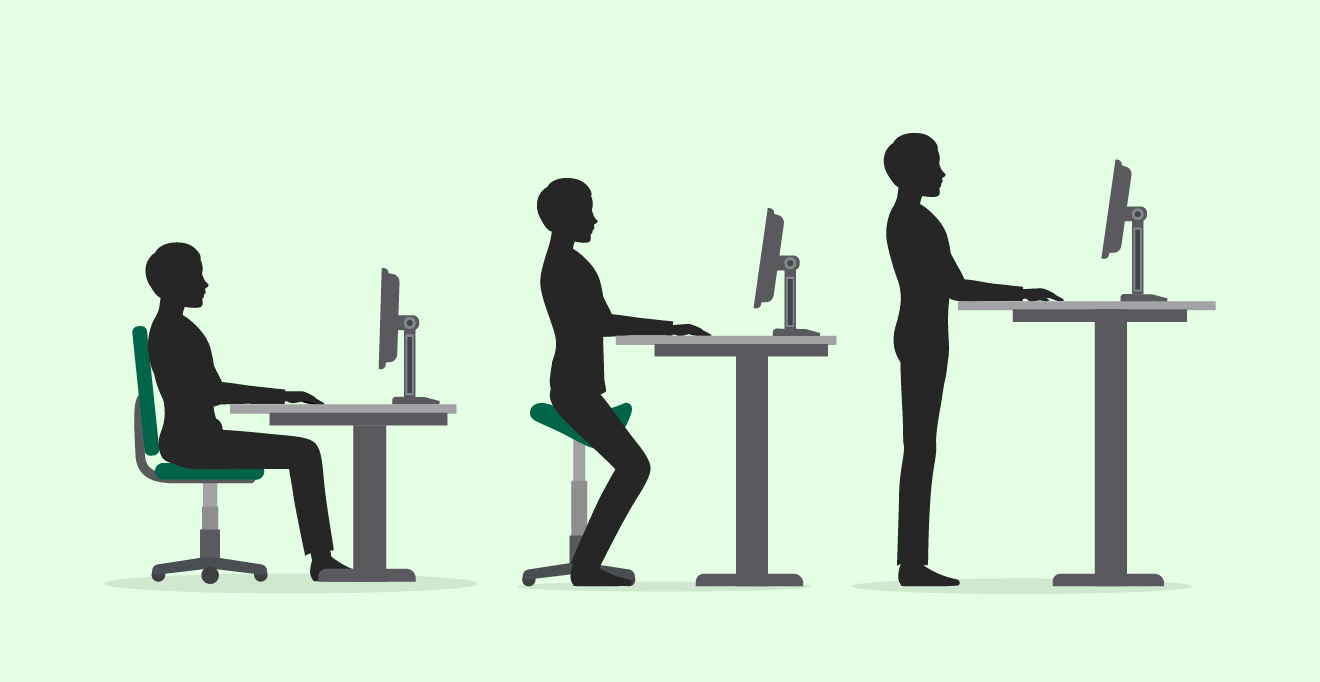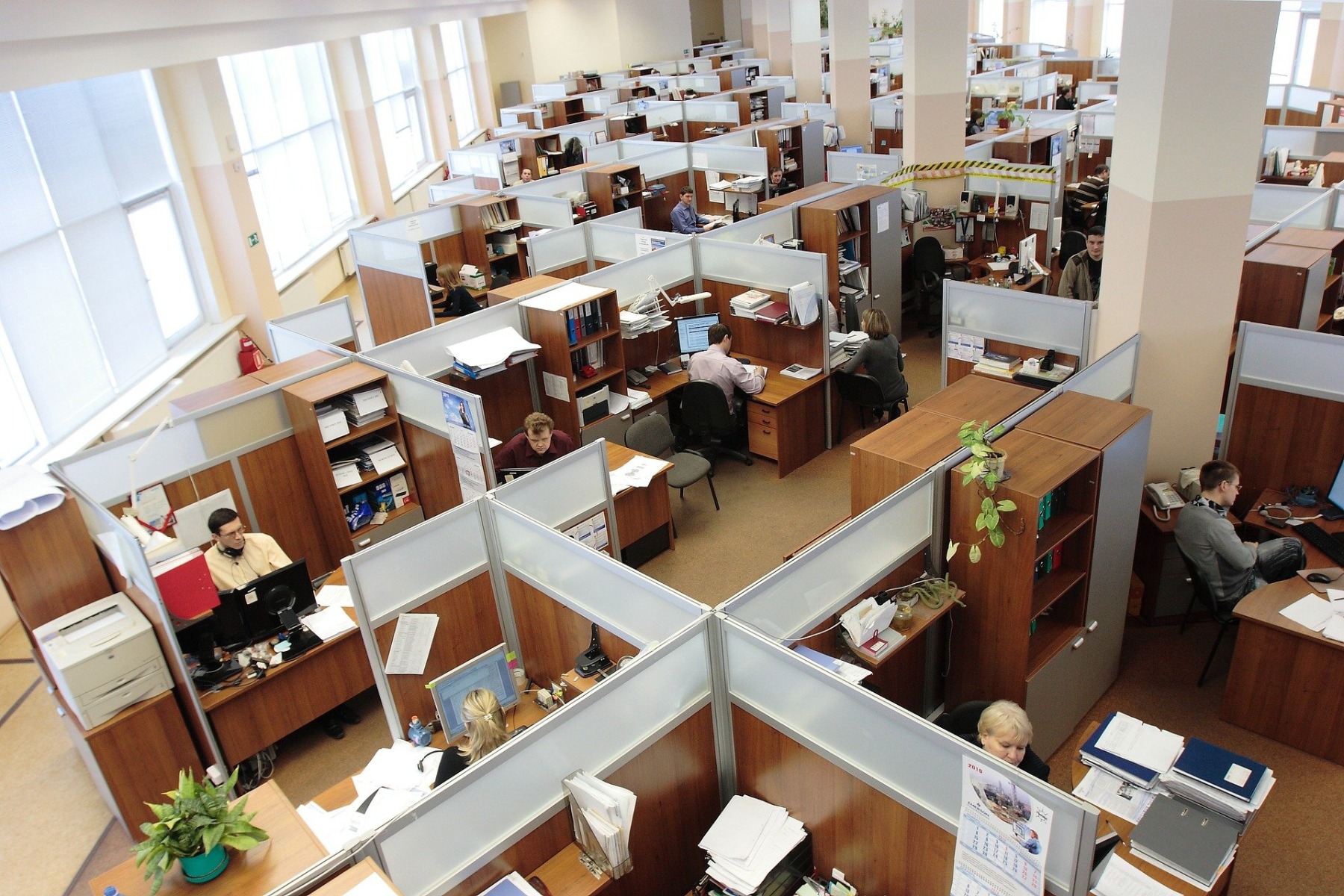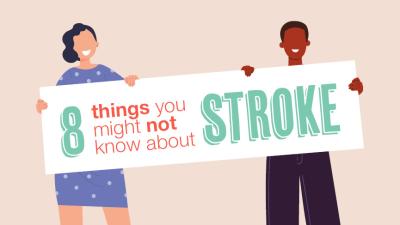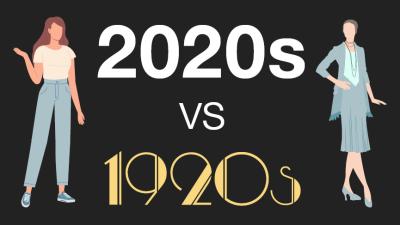Have you ever wondered why your office looks the way it does? It’s no accident. Here we explore a brief history of ergonomics in the workplace and ask some fundamental questions: what is office ergonomics and what does it mean to us today?

What is office ergonomics?
Ergonomics is a blend of the Greek words 'ergon', meaning work or labour, and 'nomos', meaning natural laws. It's the study of design in relation to the human body. On the simplest level, it asks the question: how can we design this thing to make it safer, more effective and comfortable to use?
The word 'ergonomics' was first used in 1857, when Polish scholar Wojciech Jastrzębowski, one of the fathers of ergonomics, wrote a journal article titled: An Outline of Ergonomics, or The Science of Work Based Upon the Truths Drawn from the Science of Nature, which was about improving the working practices of outdoor labourers.
Ancient Ergonomic Designs

The word might be young but the concept of ergonomics – designing products, environments and processes to improve user experience – dates back to the beginning of human civilisation. For example, early tools and weapons were shaped to improve grip and accuracy. Early wheels and pulleys were designed with safety features such as stabilisers and brakes. The contoured seats we all use in our offices today may seem modern but there's evidence to suggest that theatre seats in Ancient Greece featured curved indentations for the lower legs to facilitate foot movement during long performances, boosting circulation and reducing numbness.
Over the centuries, ergonomic design has been applied to many areas of work. During the Industrial Revolution design tweaks were made to machinery to improve the speed and efficiency of factory workers. Later, during World War II, ergonomic principles were applied to plane seats to reduce pilot death and injury.
The Rise of Office Ergonomics
As the 1900s progressed, the number of clerical jobs increased. More offices were built to accommodate the growing desk-based workforce - heralding the construction of towering skyscrapers in major cities like New York. In these early days of corporate life, office design followed the principles of Taylorism, a management method devised by mechanical engineer Frank Taylor. His original goal was to improve the efficiency of workers in factories, but these principles were later applied to office workers too. His method was to observe and time people carrying out their tasks to determine which motions were essential and which could be eliminated. By following a limited, machine-like pattern with no wasted movements, workers saved time and were able to increase their output.
Of course, Taylorism didn't take into account human factors, such as the need for movement and stimulation. Back pain and other musculoskeletal issues would have run rife for both factory workers and office clerks forced to work in this regimented way.
Open Plan Offices

The next few decades were a key time in ergonomics history. The design and function of the office morphed as scientists delved further into the true nature of human behaviour and productivity.
The famous architect Le Corbusier rose to fame in the '20s. He was the pioneer of open plan design. Believing that buildings could change the way we think and behave, he introduced the concept of hierarchical open plan offices, proposing that workers should be grouped together while managers should have their own offices. His designs were utilitarian and uniform, intended to encourage corporate conformity.
In the '50s, brothers Eberhard and Wolfgang Schnelle rejected this authoritarian style of office design. They started a consulting group to change the status quo. Their idea was to do away with uniform rows of desks and introduce a layout that was more organic and natural. They wanted to design dynamic spaces that encouraged collaboration with moveable partitions, more space, plants and break rooms.
While there was a brief regression to regimented office life in the '80s and '90s with the invention of the 'action office' - otherwise known as the cubicle (which was intended as a cheap way to give workers more privacy), today most companies follow the Schnelle brothers' principle of office design. This means they facilitate natural human behaviour by prioritising the health, wellbeing and freedom of employees.
Ergonomics in the Workplace Today
Now that we've given you a brief ergonomics history lesson, it’s time to question how far we’ve come.
Today office ergonomics, backed by a strong body of research, is taken seriously. It's now widely accepted that prolonged sitting, poor postures and repetitive movements are all risk factors in the workplace. In fact, it is a legal requirement for UK employers to manage these risks with appropriate DSE training, equipment and safety measures.
Ergonomics in the workplace addresses several areas of office life, including:
- The products you use, including your chair, desk, mouse and keyboard.
- Your workstation set-up - the height, angle and proximity of your body in relation to your equipment.
- Your working behaviours, such as how you sit, or often you stand up to move around.
- Your environment, including temperature, lighting and humidity.
Throughout the 2000s, big tech companies like Facebook and Google paved the way for modern office design by reviving the Schnelle brother method. Now, most office spaces are shaped around the people using them. They’re bright, airy, clean and interesting. Furniture has been reimagined to encourage movement, with the option to use sit-stand desks and ergonomic office chairs with movement mechanisms. There’s a mixture of Le Corbusier-style open plan space designed for collaboration, and cosier break-out areas for individual work. Play and rest are encouraged with dedicated spaces for gaming, exercise and relaxation. Today, ergonomics in the workplace is a broad and holistic field of study. The old industrial methods are out, and human-centred innovation is in.
At Posturite we support our clients in every element of workplace ergonomics, from providing DSE assessments and developing ergonomic products, to producing resources and training materials to educate and enlighten.
If you're looking to purchase an ergonomic chair, sit-stand desk, or any number of desktop accessories, we have a huge selection for you to choose from.










